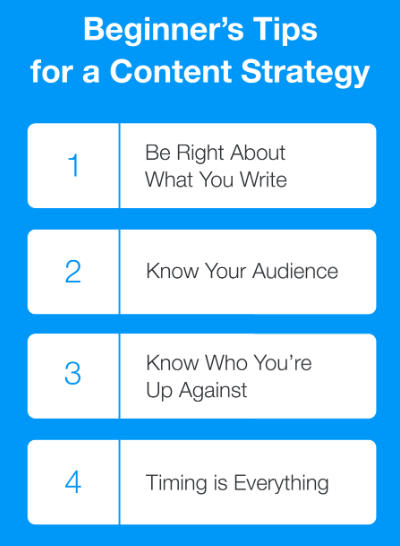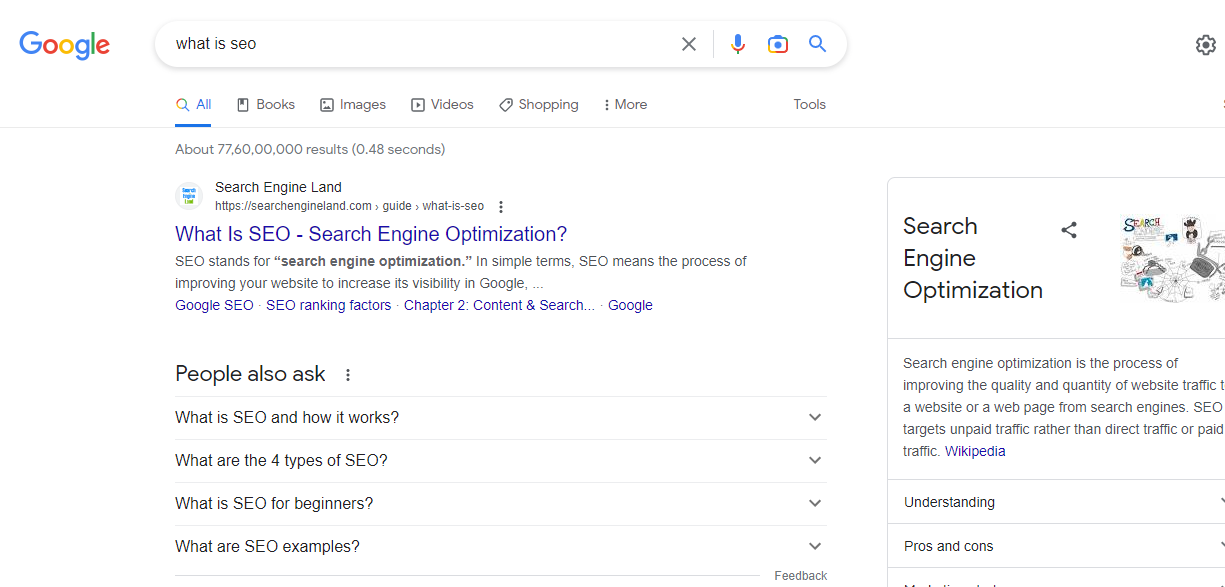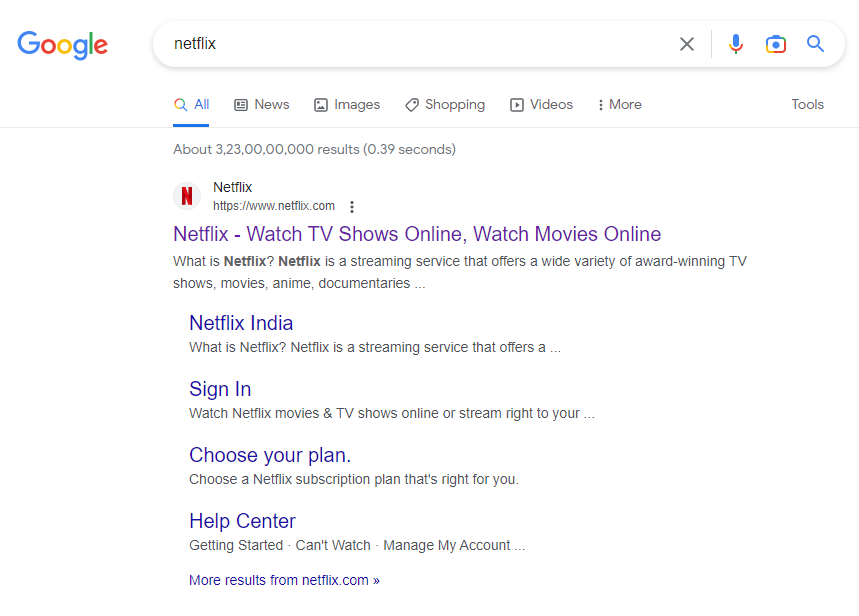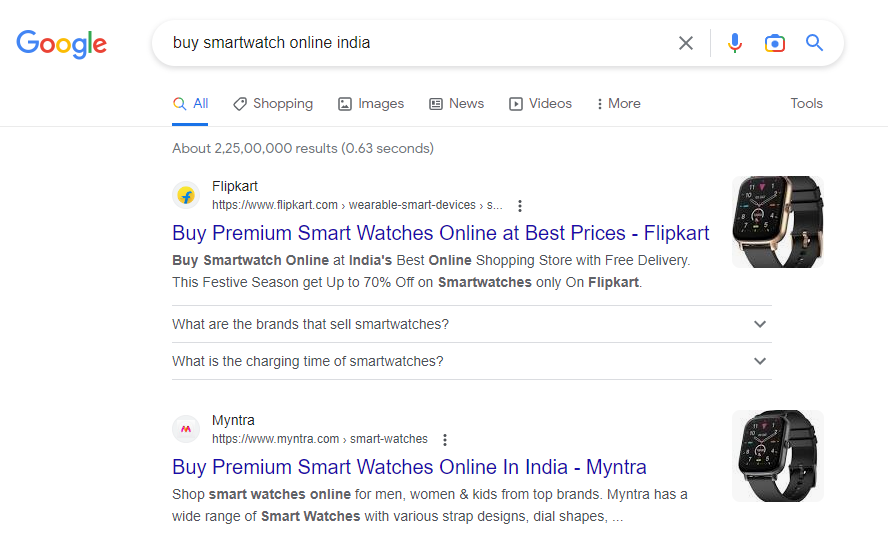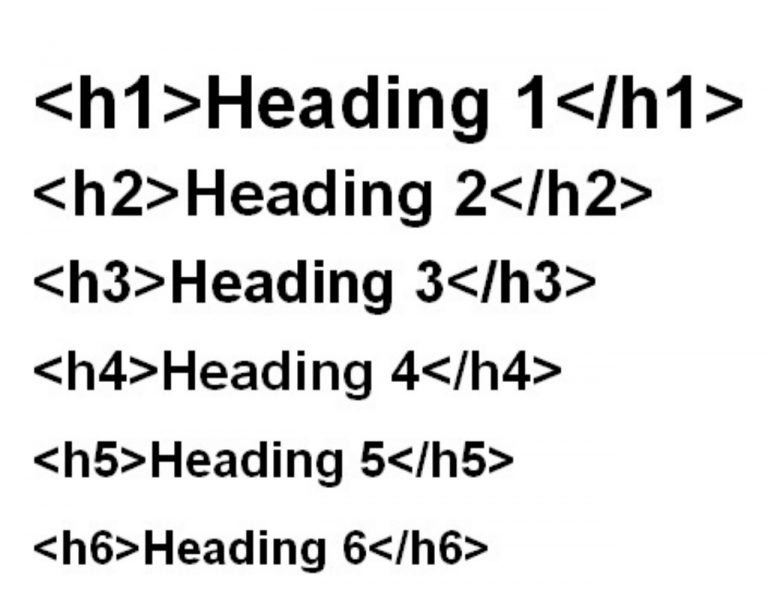A good content strategy is the core of a successful digital marketing campaign. In today’s competitive online marketplace, just creating content is not enough. To create breakthrough content, you need to incorporate some tips to stand out from the competitors and build solid authority.
You will increase the likelihood of ranking higher on SERPs by following certain content writing tips. In this post, we will look into content writing tips that will help you achieve higher rankings on search results thereby boosting website traffic.
Page Contents:
What is SEO Content Writing?
SEO Content Writing is the process of creating informative, valuable, and relevant content in the form of articles, videos, podcasts, and much more. The primary objective is to rank on the first page of search results. Using the right content writing tips signals to Google what your webpage is all about. It will accordingly rank your site if the content found is relevant to the user’s search query and matches the search intent.
Content Writing Tips to rank higher
Identify your target audience
Identifying whom you are writing for is crucial in achieving the best possible outcomes. As Google prioritizes solely providing maximum value to the audience, it is important to determine who your target customers are, you can create well-defined content customized to their needs. Some of the things that can help you with this are:
- Study customer demographics to understand their concerns more deeply.
- Go through the challenges faced by your target group in a recent period and how you can help them resolve them.
- Research surveys, and social media analysis to become more specific about the trends, current issues, and challenges.
- Communicate with the customer support team to gather insights on what is lacking in your service.
Complement the search intent
Search intent is the primary reason the user is looking for information online. The search intent for Apple (iPhone) is different from the search intent of Apple (fruit). In recent years, Google pays more emphasis on providing results that match the search intent of the user’s query. Search intent is divided into four categories:
- Informational: This is the awareness stage where the user is looking for learning about a topic, problem, or question. The keywords may include questions, guides, tutorials, or a checklist.
- Navigational: This is the consideration stage where the user is looking for a specific website or page. For example, when the user enters keywords like Flipkart, Netflix, and so on.
- Commercial: This is the decision stage where the user is considering making a purchase and wants to explore options. Keywords for this stage may include best, affordable, reviews, etc.
- Transactional: This is the final stage where the user decides to buy and is ready to convert. Keywords for this stage include buy, prices, discount, etc.
Make sure the search intent of a user’s buying journey aligns with the content.
Conduct keyword research
A well-written blog post has no value if your audience is unable to find it online. You may create the best piece of content, but if you don’t use the right keywords, it may get lost in a large web of information. Conducting keyword research is crucial to select the right keyword phrases that have the potential to rank high on SERPs. You can do keyword research using Google Autocomplete, related search features, people also ask features and other similar Google tools.
Optimize the Title Tag
Title Tags are HTML code elements that describe the page title for search engines. They appear in search engine results, social media posts, and browser tabs. Some of how you can optimize the Title tag are:
- Make sure to include the target keyword in your title tag.
- Incorporate the search intent in the title tag as well.
- Avoid keeping the title too long as the results get removed after 60 characters.
- Create a title that aligns with the page content.
- Craft a specific and relevant page title.
- Ensure that it is not overloaded with keywords.
Optimize the Meta description
A meta description is displayed on the search engine result page beneath the page title. It is an HTML tag that depicts the webpage content. Though, they do not impact the site ranking directly but have the potential to persuade a user to click on the webpage. Some of the things to keep in mind while creating a Meta description are:
- Always include the focus keyword in your Meta description.
- Prefer to use active voice while optimizing for Meta description.
- Make sure the description is brief and concise.
- Include a call to action texts and phrases that urge the user to click on the link.
Write engaging headings
A catchy heading can instantly grab readers’ attention and persuade them to click on the URL. Headings also help users navigate the page content and enable search engine crawlers to understand the topic and the page content. Some of the tips for writing compelling headings are:
- Always include the primary keyword in the H1 tag.
- Distribute the page content with proper H2 H3 H4 headings as required.
- Keep the heading up to 70 character limit.
- Create an interesting heading that is relevant to the page content.
Improve readability
A proper content structure is essential to improve readability. Some of the tips that can help you make the content SEO-friendly is:
- Include a table of contents that can help users browse through the page content at a glance.
- Keep the paragraph length short up to 2-3 sentences per paragraph.
- Use bold, italics, underline, and other formatting options to highlight important parts of the text.
- Add a bullet or number list to display the information in a concise format.
- Include a section of frequently asked questions to cover the topic in detail.
Include multimedia
Adding multimedia such as infographics, a checklist, and templates help users easily retain the information and is more appealing than the general text format. It can help improve the user experience and increase the chances of obtaining quality backlinks. Make sure to add an alt tag that enables both search engines and users to use screen readers to understand the content.
Add internal links
Internal links direct users from one page on your website to another page on your website. It helps search engines in understanding your content structure and how the different pages on your site relate to one another. They help users find useful information that can expand their knowledge and lead to conversions.
You can optimize your internal links by adding keywords in the anchor text. It is recommended to link to other reputed external pages. Doing this signals to Google that the content is trustworthy and of good quality.
Using the content writing tips described above, you can rank higher on SERPs and generate more traffic on your blog or website. Make sure to create content that adds value to both the users and search engines.
